The scientific method is the system most scientists follow when setting up an investigation. It has evolved over time, and many scientists have contributed to this way of working scientifically.
What is the Scientific Method?
There are several steps to the scientific method.
- Make an observation
- Ask a question
- Create a hypothesis
- Make a prediction
- Test the prediction with an experiment
- Analyse the results
- Draw conclusions
Create a Hypothesis
A hypothesis is a potential explanation for something a scientist has observed but doesn't yet understand.
Test the Hypothesis
A prediction ( something you think will happen ) is made based on the hypothesis and is tested by gathering data from investigations.
Investigations look for relationships and patterns between variables.
Analyse the data
If the data from an investigation backs up the prediction, it's possible the hypothesis is true!
Data from an investigation needs to be:
Repeatable - the investigation gives the same results each time it is carried out. Usually, results should be checked at least three times.
Reproducible - if another person carries out the same investigation, the results are the same.
The experiments used must be correctly designed to be a FAIR TEST!
How to make an investigation a fair test
Only one variable should be changed, and an experiment should measure how the variable that can be changed affects another variable.
Independent variable - this is the variable that is changed
Dependent variable - this is the variable that is measured.
Everything else that could reasonably affect the results should stay the same as much as possible. For example, variables to consider include temperature, time, lab equipment, amounts of materials used, concentrations, and type of materials used. These are the control variables.
A control experiment is also needed to show what happens when the variables are not changed.
Drawing conclusions
Conclusions are formed from experimental data and should be backed up by the data. The conclusion should say whether the data supports the hypothesis or not.
In the real world, more than just one scientist will test a hypothesis. Scientists check each other's work and often run their own experiments to test the hypothesis. If enough evidence is shown to back the hypothesis, it becomes accepted. Accepted hypotheses are known as theories.
If new evidence comes along at a later date, the whole process starts again.
Five Types of Enquiry
There are five main types of enquiry children should think about when carrying out a science investigation.
- Observing over time
This is when observations, recordings, and measurements are made over a period of time, which can be seconds, minutes, or days.
For example, recording daily rainfall or how long a fizzy reaction takes to stop.
- 2. Identifying and classifying
Classification is when something is grouped or sorted because of its characteristics. For example, sorting and recognising different types of materials or animals.
- 3. Looking for patterns
Looking for patterns is an enquiry technique used when analysing data.
- 4. Comparative and fair testing
This involves changing one variable while keeping all others constant to observe the effect.
- 5. Research using secondary sources
This is when data is gathered from existing sources like books and previous studies.
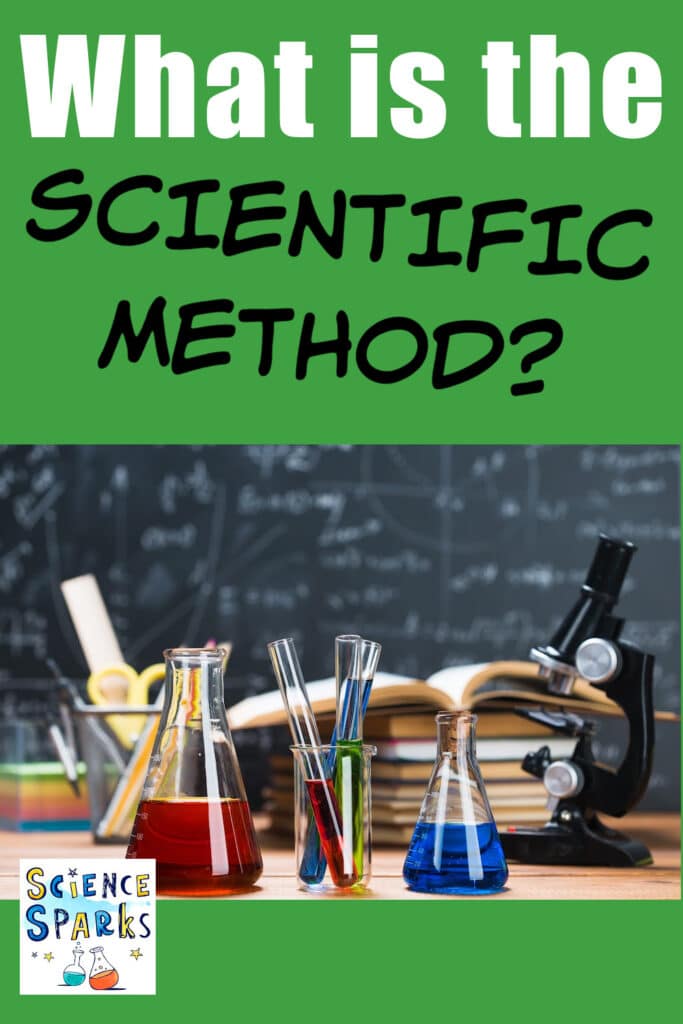
Last Updated on February 27, 2025 by Emma Vanstone
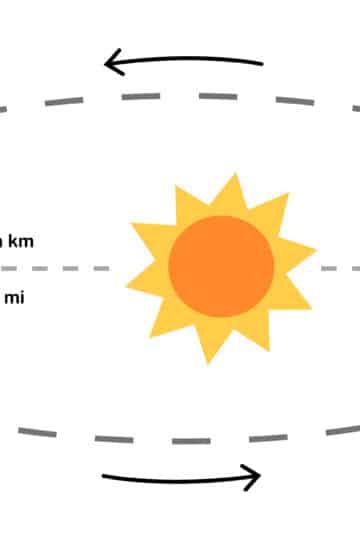
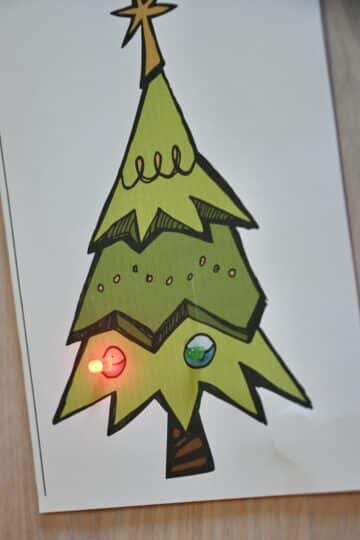
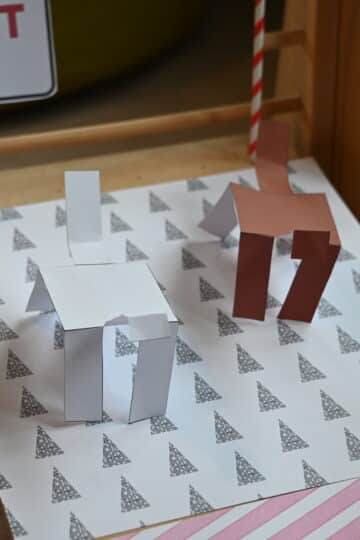
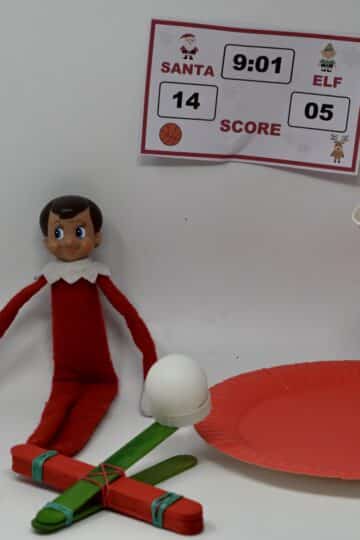
Leave a Reply